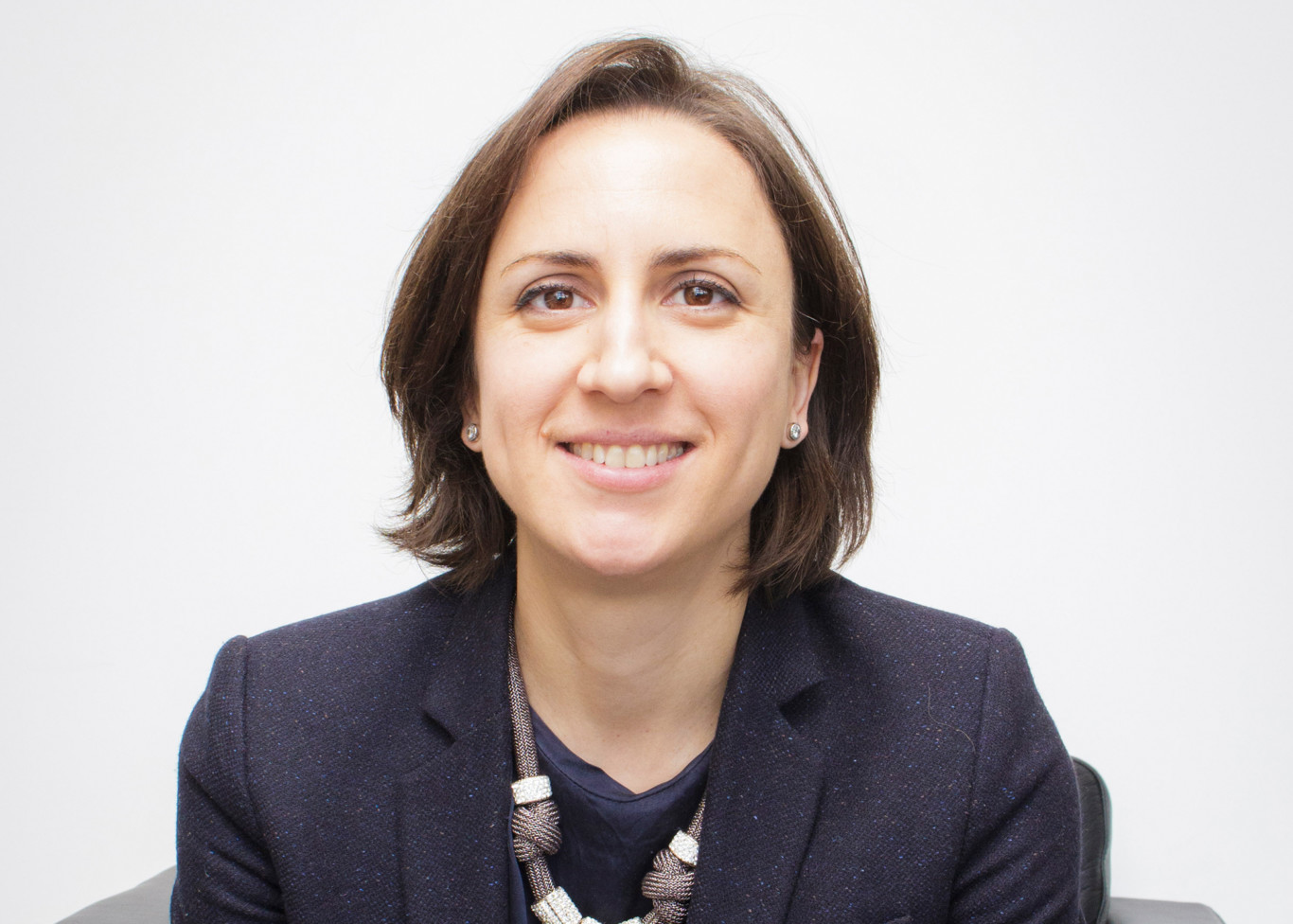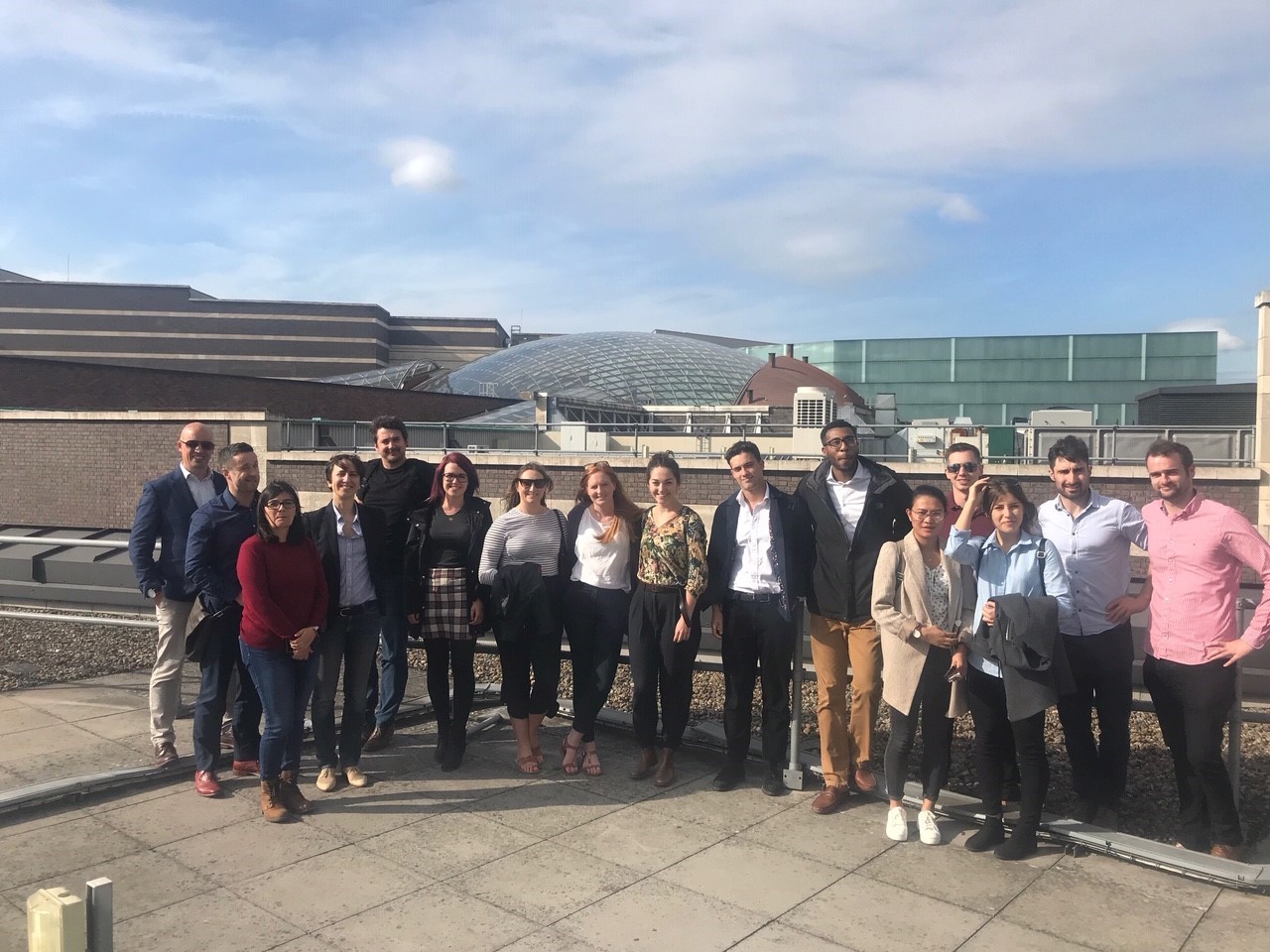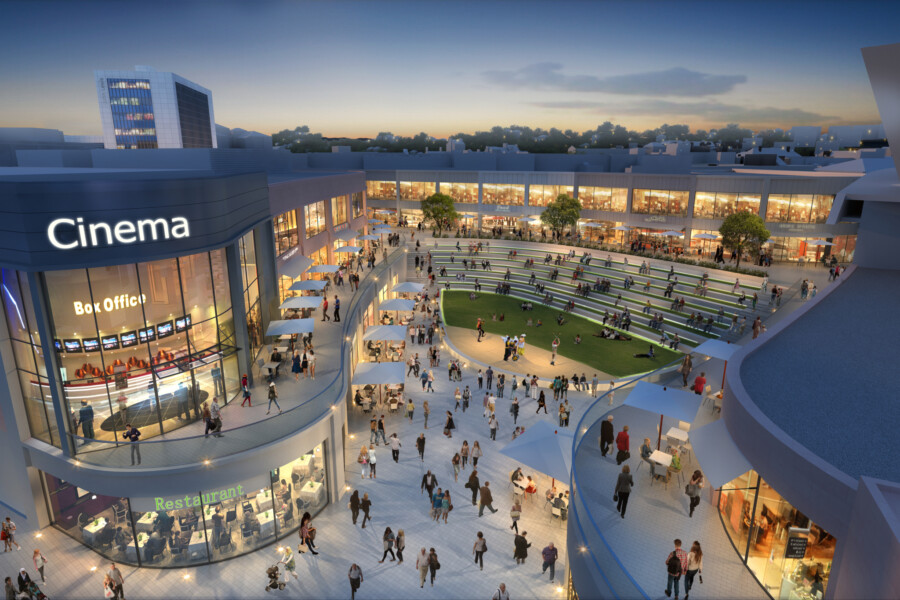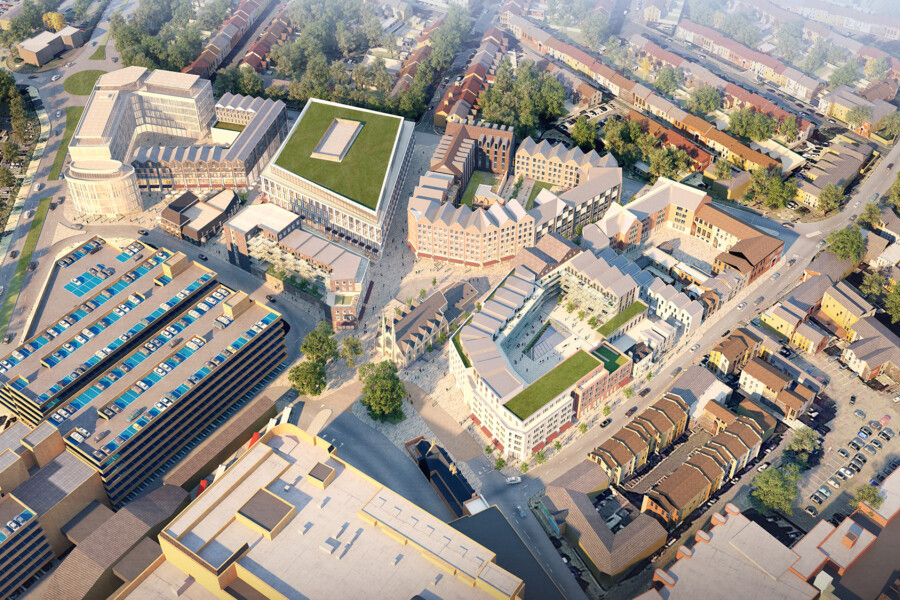
People Profile: Senior Architect Teresa Tirado on the importance of nurturing design talent
Chapman Taylor Senior Architect Teresa Tirado joined Chapman Taylor in 2014, playing an integral role in consolidating the establishment of our Bristol studio, where she is now based. Teresa is a design-led architect whose skills and expertise cover a broad range of architectural areas and are focused on project design, masterplanning and residential design. Teresa is also a teaching fellow in Architecture at the University of Bath and the University of the West of England. We talk to Teresa below about her background, her passion for urban design and placemaking and the importance of nurturing the talent of the next generation of architects.
Tell us about your background and path to architecture as a career.
I am originally from Spain, where my wider family is full of architects and engineers – my father and brother are both architects. This was an obvious influence in my decision to pursue architecture as a career, although I also considered fine art because of my love of drawing. I studied at ETSAM (Madrid Superior Technical School of Architecture); this included an Erasmus year abroad in Sweden, where I studied in English alongside students of a range of nationalities.
My teachers at ETSAM were inspiring – they taught me the importance of placemaking, pragmatism and technical proficiency. One of the first projects I worked on was the largest freshwater aquarium in Europe at the 2008 International Exhibition in Zaragoza. The engineering behind it was very complex and impressive. It required sensitive and technically challenging solutions, particularly because a number of fish species had to live in the building during the latest construction phase.
I had the good fortune to be able to work in masterplanning after qualifying as an architect, which usually only happens later in a career, as well as on large residential projects. I enrolled on a cross-discipline master’s degree in Urban Planning at Zaragoza University’s School of Law, and later studied for a postgraduate diploma in Urban Studies at the National Institute of Public Administration in Madrid – all with the aim of making urban design and city planning my specialism.
When did you move to the UK and why did you join Chapman Taylor?
I came to the UK in 2012 for family reasons and started working for a firm in Bath, on large international projects. I also began tutoring at the University of Bath and the University of the West of England (UWE) in Bristol. I then joined Chapman Taylor in 2014.
I wanted to work more directly in masterplanning, and Chapman Taylor offered the opportunity to work on very large projects across the world for major clients. I liked that the business operated three UK studios and had an international network of many more, but I also liked that the Bristol studio had the feel of a very small practice, given that it had not been operating for very long (it opened in October 2012) – there were only eight people at our former studio space when I joined.
Over the years, we have been based in three different offices, and we have seen a large growth in numbers in a relatively short period – we now have more than 30 people working here and the capacity to hold a team of 50. Through collaboration with the other UK studios, we have been able to work on big projects since the very beginning, such as the Ashford Designer Outlet extension, The Orchard Centre in Didcot, Castle Park View in Bristol (the city’s tallest residential building, now under construction) and many others.
Tell us about your early roles at Chapman Taylor.
I joined Chapman Taylor to work on the proposed £100 million retail, leisure and bus station extension to Princesshay shopping centre in Exeter as Project Architect. This was a great experience – especially working with the client (The Crown Estate), the city council and the wider community on what was to be a large urban regeneration project in Exeter city centre.
I also worked on a few feasibility projects and helped with the North Westgate project masterplan in Peterborough – a mixed-use urban regeneration project which was designed to sensitively restore heritage buildings while transforming an uninspiring former car parking site in the city centre.
Being part of such a small studio back then, I had the opportunity to take on varied responsibilities, such as conducting interviews with applicants, performing inductions, holding client meetings, studio organisation etc. I was therefore deeply involved in moulding the shape of the studio as it developed in size, which was a wonderful experience.
You have several roles – as well as being a Senior Architect, you are a member of the studio’s Executive Group and a university tutor. Tell us about that.
I have co-led the Bristol studio’s Executive Group almost since I started. We have been the UK practice’s champions, in terms of liaising with universities, and we try to support Part II students towards qualification as much as we can. My experience as a tutor at UWE and the University of Bath, and my current work as a teaching fellow and professional Part III examiner, has been key to this role, which I perform alongside my colleague (Senior Architect) Monica Coutinho.
We are committed to promoting up-and-coming talent – for the last four years, we have sponsored masterplanning and design prizes at the end-of-year show at UWE, and we also support our studio’s Student Group through tutoring sessions, mentoring and one-to-one discussions. I appreciate the opportunity to be able to use my external experience in a way which benefits Chapman Taylor and, particularly, the new generation of architects.
I have also recently joined Chapman Taylor’s UK Mixed-Use Business Development Group, a platform to share sector knowledge and skills, alongside finding opportunities to help regenerating assets and urban centres.
Do you have advice for those younger architects and students as they seek to begin careers in the industry?
I have always thought that people will flourish if they are doing something that they are passionate about and work hard enough on it. There is a tendency at many universities to promote ‘starchitects’, overlooking the vital importance of other areas of the profession that also contribute to creating better environments and lives for people. Architecture is a very wide discipline and there are lots of different roles to be performed – in urban design, interior design, technical consultancy, masterplanning, some areas of engineering, etc. – and you can find a niche which suits you.
I found my calling in masterplanning very early on in my career, which led to me pursuing further degrees in appropriate subjects – it is a role which I enjoy because placemaking is so important for so many people, particularly now that we have to reassess how we use our town centres in a time of great challenges for retail.
Is fear of the high street’s demise unfounded?
The market is clearly changing and we need to adapt by introducing new uses in city centres that are sustainable in the long-term and build a sense of community. I think that retail will continue to form a vital spine of our high streets, with a smaller footprint, and more focused on the experience.
Physical retail is going through a period of readjustment, certainly, but it is not going to disappear – people still want to be able to ‘go to the shops’. One of the crucial questions is how to preserve the character of town and city centres and continue to attract people into them – that requires a detailed and well-researched analysis of the provisions which will best achieve those aims in a context-specific way in each and every case.
Tell us about have you been working on recently
We have been working with major clients on their existing assets, as well as examining the potential for repurposing those sites. Unlocking the potential of existing assets, often full of constraints, is very interesting, and I very much enjoy working with the clients and local authorities to look at how this could positively impact the community and wider area.
In Bristol, we have been looking at city centre projects at the feasibility stage while separately working on feasibility studies and planning stages for new residential, leisure and mixed-use developments across the south of England.
What do you see as being the future direction of the Bristol studio?
A lot of emphasis is now placed on creating socially and commercially sustainable, mixed-use design because of the way in which the market is changing, requiring retail assets to be reconfigured. There is a strong demand from big clients who want to reposition their assets to meet the challenges that this readjustment is bringing, and we are well placed, because of our cross-sector experience, to help them do that. We will also continue to expand our residential portfolio across the region.
The studio is very well established in the region, regularly engaging with schools, universities, local businesses, local authorities, community groups and others. There are particular ways of doing things here, which we understand very well – we can offer international capabilities and resources combined with detailed local knowledge, which is a great advantage for us and for our clients.
We now have a very strong base of local clients and clients from elsewhere who want to invest in the south-west region, so I foresee a strong emphasis on work within the region to consolidate our excellent reputation here.
What do you enjoy most about working at Chapman Taylor?
I love being able to work with such a high calibre of clients on schemes which make a lot of difference to people. Before Chapman Taylor, I worked on projects of a much smaller scale – I enjoyed the ownership I felt on those, but they did not have the scale of impact that my projects here do. Being able to create a positive contribution to the shape of towns and cities, and to the lives of their people, is a great privilege.
I appreciate the chance to mentor and influence students, both at university and working here in the studio, as well as the strong emphasis on professional development in the company. Being able to promote great design through my Executive Group role is also an enjoyable aspect of working here, as is promoting the ability of younger designers to interact with clients and others in the industry.
Chapman Taylor offers architects the opportunity to work collaboratively with others across our UK and international network – it is wonderful to have the resources that we do and to be able to easily call on expert knowledge in a wide range of fields from others in our network.
Finally, we make sure that people know what is going on in the Bristol studio, and it is a friendly place where there is always something going on – we regularly organise social activities of different types for people to enjoy – there is something for everyone. This helps make the studio a close-knit and enjoyable place to work.


